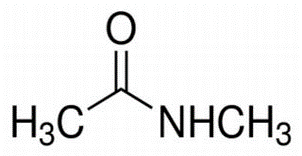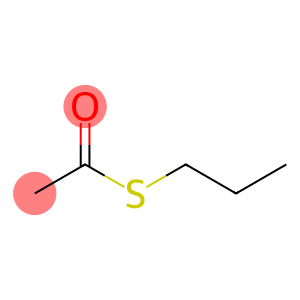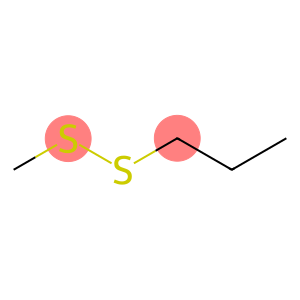Glutaronitrile(CAS#544-13-8)
| Hazard Symbols | Xn – Harmful |
| Risk Codes | R20/21/22 – Harmful by inhalation, in contact with skin and if swallowed. R36/38 – Irritating to eyes and skin. |
| Safety Description | S36/37 – Wear suitable protective clothing and gloves. S36/37/39 – Wear suitable protective clothing, gloves and eye/face protection. S26 – In case of contact with eyes, rinse immediately with plenty of water and seek medical advice. |
| UN IDs | UN 2810 6.1/PG 3 |
| WGK Germany | 3 |
| RTECS | YI3500000 |
| FLUKA BRAND F CODES | 3-10 |
| TSCA | Yes |
| HS Code | 29269090 |
| Hazard Class | 6.1 |
| Packing Group | III |
Introduction
Glutaronitrile. The following is an introduction to the nature, use, preparation method and safety information of glutaronitrile:
Quality:
- Glutaronitrile is a colorless liquid with a peculiar odor.
- It has good solubility and can be dissolved in many organic solvents, such as ethanol, ether and acetone.
Use:
- Glutaronitrile is often used as a solvent for organic synthesis and is widely used in chemical experiments and industrial production.
- Glutaronitrile can also be used as a wetting agent, dewetting agent, extractant and organic synthesis solvent.
Method:
- Glutaronitrile is generally prepared by the reaction of glutaryl chloride with ammonia. Glutaryl chloride reacts with ammonia to form glutaronitrile and hydrogen chloride gas at the same time.
- Reaction equation: C5H8Cl2O + 2NH3 → C5H8N2 + 2HCl
Safety Information:
- Glutaronitrile is irritating to the skin and eyes, and appropriate personal protective equipment such as gloves and goggles should be worn when touched.
- It has a certain toxicity, and care should be taken to avoid inhalation and ingestion when using it.
- Glutaronitrile can be burned under flame, which can pose a fire hazard, and should avoid contact with open flames and high temperatures.
- Waste should be disposed of in accordance with local regulations.








